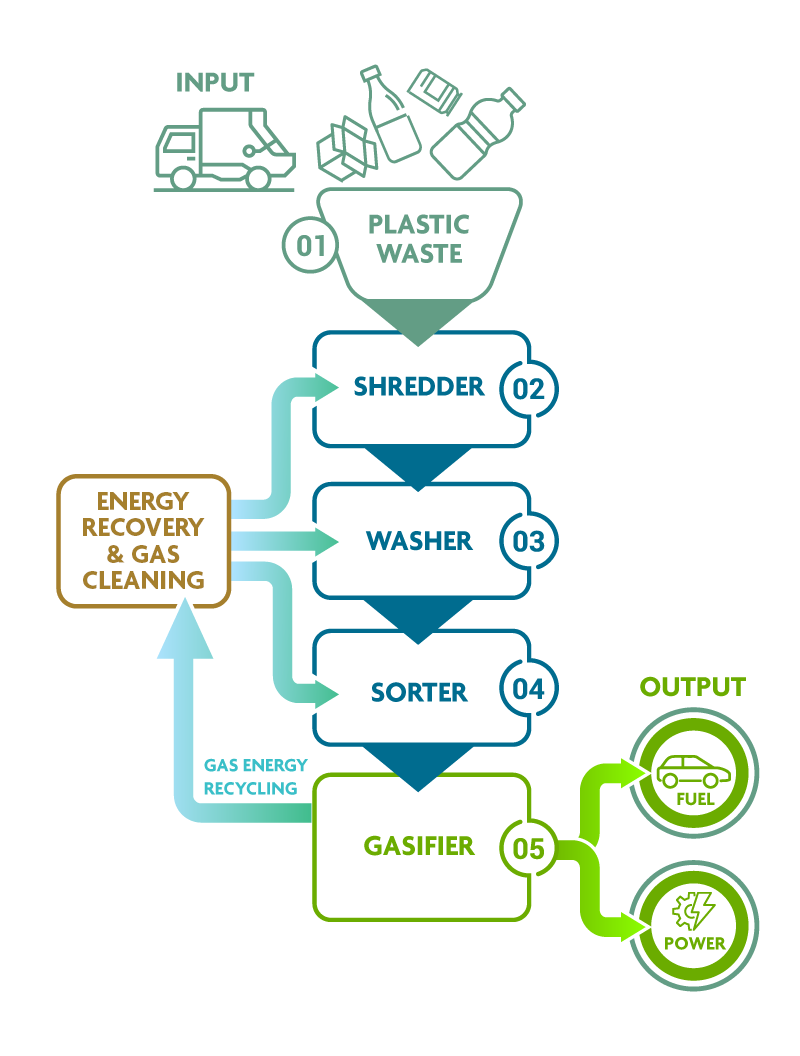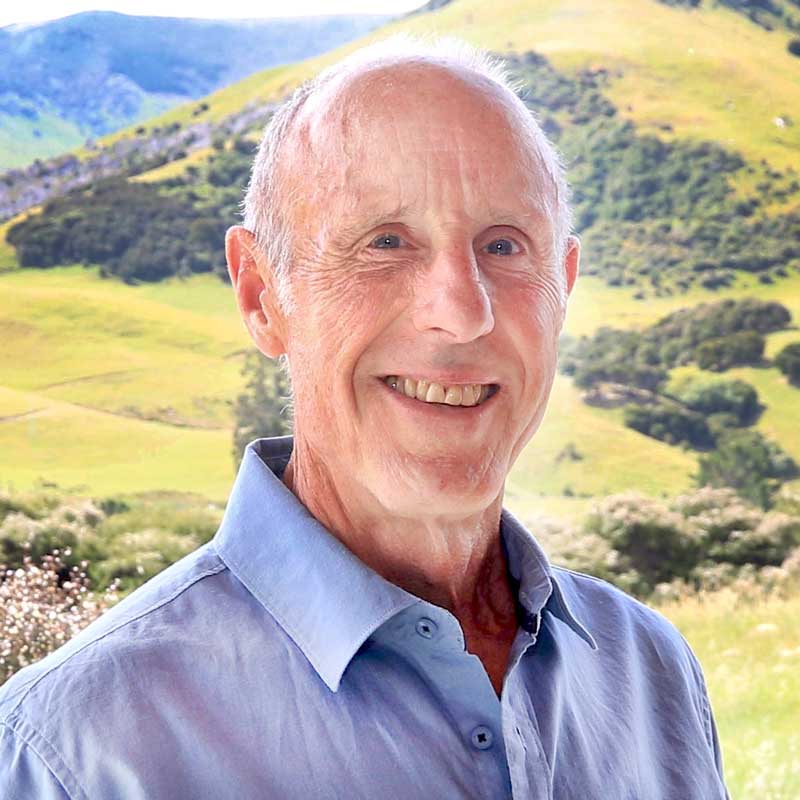AN AFFORDABLE AND POSITIVE SOLUTION TO PLASTIC WASTE
Plastron Solutions has developed an efficient system that turns plastic waste into fuel. Efficient at low temperatures, requiring a small installation investment in comparison to competitors, and with a low environmental impact, our technology is positioned to help waste processors eliminate plastic waste.
Our system takes raw plastic waste, shreds it, sorts it and pyrolyses it, then further process it into fuel, which can be used for vehicles, heat or to generate electricity. The toxic chemical additives within most plastics are utilised along with the non-recoverable gasses to produce energy that helps run the plant – making it self-powering and reducing its environmental footprint. Each Plastron module can convert up to 8 tonnes of plastic waste a day into up to 3,500 litres of pyrolysis oil and up to 3 tonnes of recyclable plastic flakes, producing approximately 1 million litres of fuel each year, and removing more than 2,400 tonnes of plastic from the planet.
Our system can complement the large-scale, expensive waste-to-energy plants that handle a wide variety of waste forms. With each module requiring only 100 m2 of space, excluding holding tanks for the fuel produced, the Plastron solution is relatively compact.
Who are Plastron’s units designed for?
Councils
Government
Disaster relief
Army
Recyclers
Communities
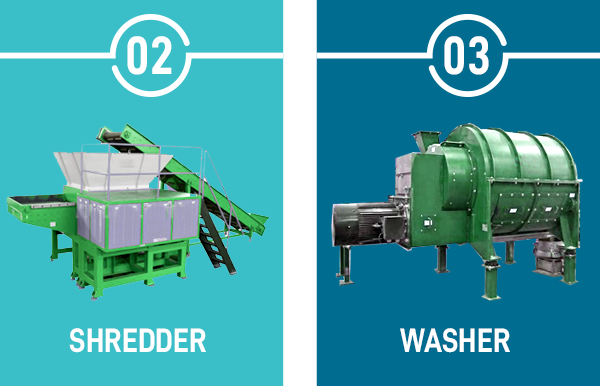
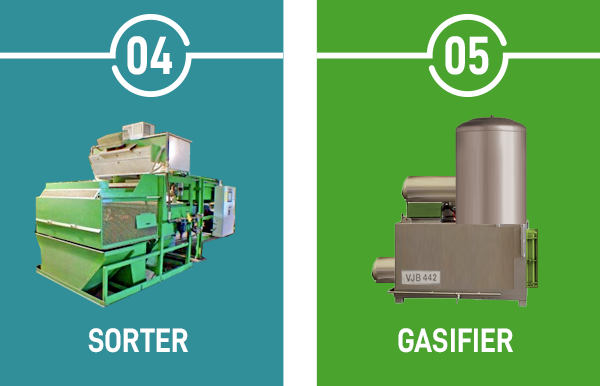
WATCH OUR INTRODUCTORY VIDEO
THE BENEFITS OF PLASTRON OVER OTHER SYSTEMS
100% Australian Designed.
100% Australian Made.
100%. Australian Proud.
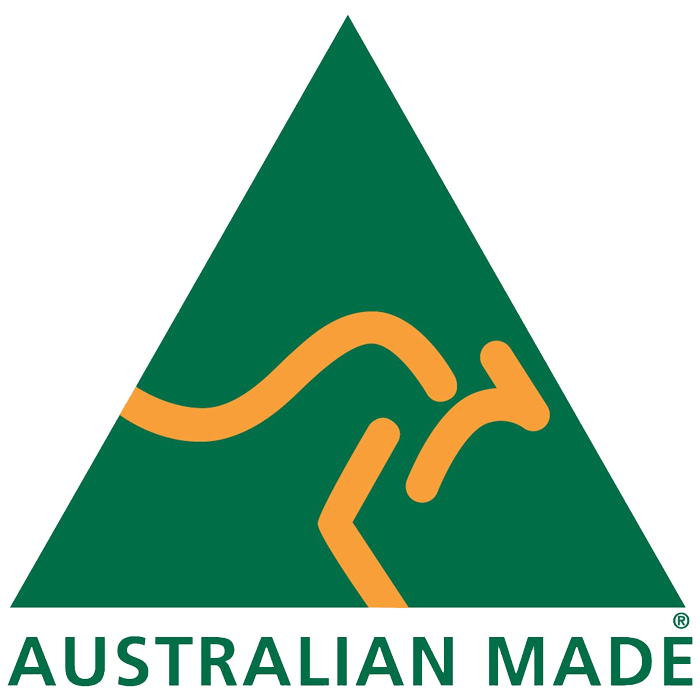
GAME-CHANGING TECHNOLOGY
Plastron’s Solution is striving to be one of the most efficient, environmentally conscientious, and affordable plastic waste processing units on the market.
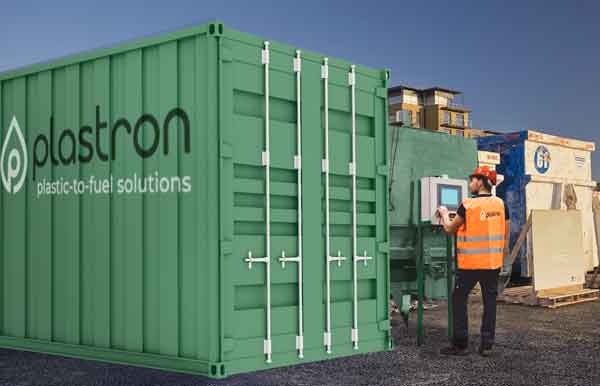
Turns most plastic waste into usable fuel, heat and/or electricity
Low emissions
Units can be adapted to deal with the hard to process plastics like PVC
Little or no additional energy required once the unit is operating
Small and mobile (2 containers per module site)
Low plant and operation costs
WHAT ARE THE OPTIONS FOR PROCESSING PLASTIC WASTE?
| TRADITIONAL METHODS |
|---|
| METHOD | PROS | CONS | |
|---|---|---|---|
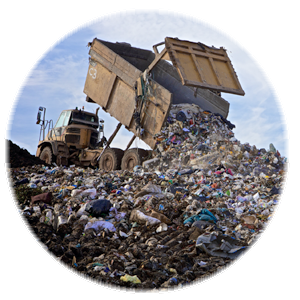 |
LANDFILL The most commonly used practice since the advent of waste collection |
|
|
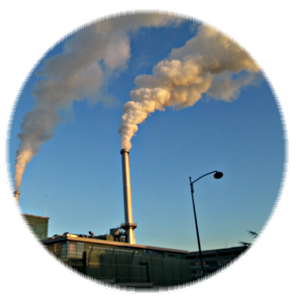 |
INCINERATION From simple burn-off of waste to highly sophisticated Waste to Energy production |
|
|
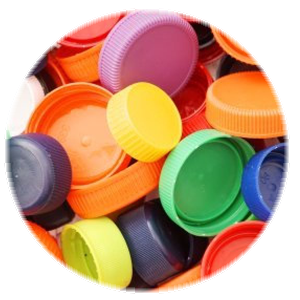 |
REPURPOSE Plastic waste is collected and re-used to make new products. |
|
|
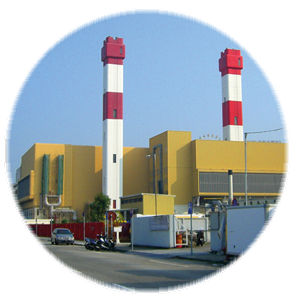 |
WASTE TO ENERGY Plastic waste is returned to usable energy |
|
|
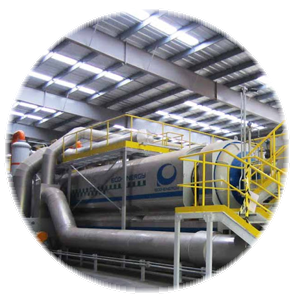 |
PLASTIC TO FUEL PYROLYSIS Plastic waste is returned to usable synthetic fuel. |
|
|
| THE PLASTRON SOLUTION |
|---|
|
|
Plastic waste is returned to usable synthetic fuel |
|
|
|---|
THE STORY OF PLASTRON
Our journey started in 2011 when entrepreneur Todd Tulk started developing a more efficient and profitable way to process plastic waste. He spent six years working with leading chemical and electrical engineers to produce the Plastron One, a prototype that successfully produced ‘near-diesel’ oil from dirty plastic waste.
In 2019, Plastron was joined by Macpac founder Bruce McIntyre, who helped the company raise $240,000 for an independent assessment of the prototype. They commissioned the engineers at Kemplant Pty Ltd to perform a comprehensive techno-economic feasibility study of the Plastron Solution. The report and accompanying laboratory tests confirmed the feasibility of the Plastron design and the market report quantified how Plastron fits within the market whilst combating the scale of the existing plastic waste problem.
We have now entered the commercial market and are negotiating contracts for potential sites for the Plastron One.
MEET THE EXECUTIVE TEAM
PLASTRON INSIGHTS
The Swedish recycling revolution
Sweden has always been at the forefront of recycling and are moving towards being a zero waste society – looking at the entire product lifecycle and how we need to take responsibility for our waste. sweden.se/nature/the-swedish-recycling-revolution/
CONTACT US TO FIND OUT MORE
Please feel free to contact us to discuss your project requirements or to find out more specific information about the Plastron system.



